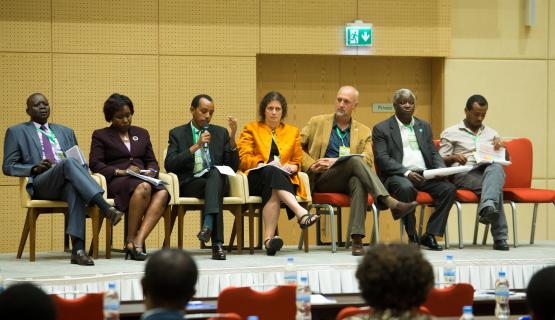Nile Cooperation for Climate Resilience Project
Joint decisions taken by Nile Basin officials on matters relating to water resources management and development are the primary way in which countries signal their interest in the utilisation of cooperative mechanisms.

Transboundary Water Cooperation in the Nile Basin
The Nile is 6,695 kilometres long, making it the longest river on earth. Its catchment area covers around a tenth of the surface of Africa and is home to almost a quarter of the African population. For these people, the river is by far the most important source of freshwater in the region.
Biodiversity Conservation and Utilisation of Ecosystems in the Nile Basin Wetlands
The Nile and its most important tributaries flow through several large wetland areas that are vital for biodiversity in the region. These wetlands provide important local and regional ecosystem services regulating the level and quality of water for downstream areas, ensuring the livelihoods of the local population, etc.
Enhancing conjunctive management of surface and groundwater resources in selected transboundary aquifers
The interaction between groundwater and surface water systems (rivers, wetlands, lakes) has not been adequately considered in most trans-boundary river basin management initiatives, including the Nile basin.
